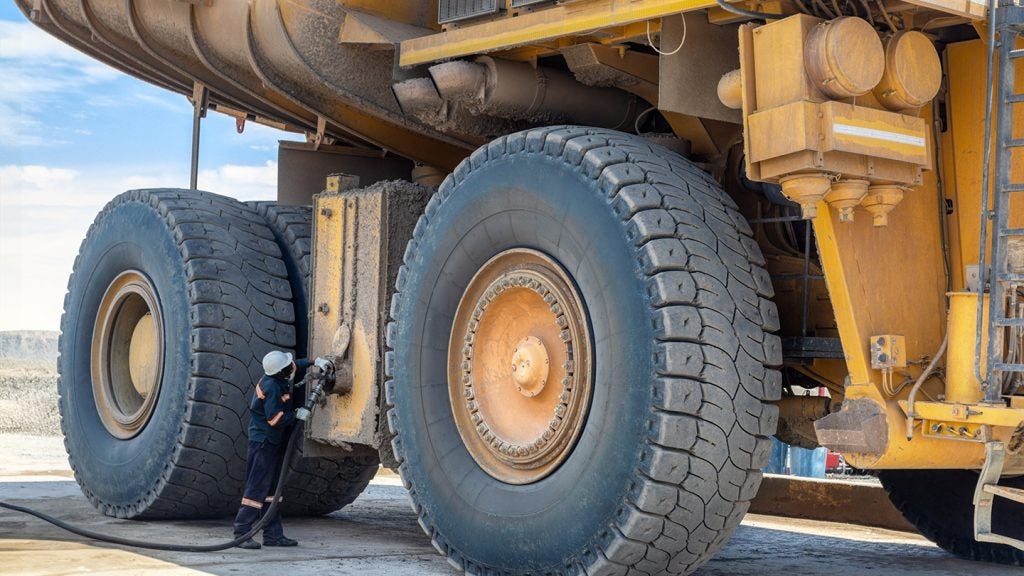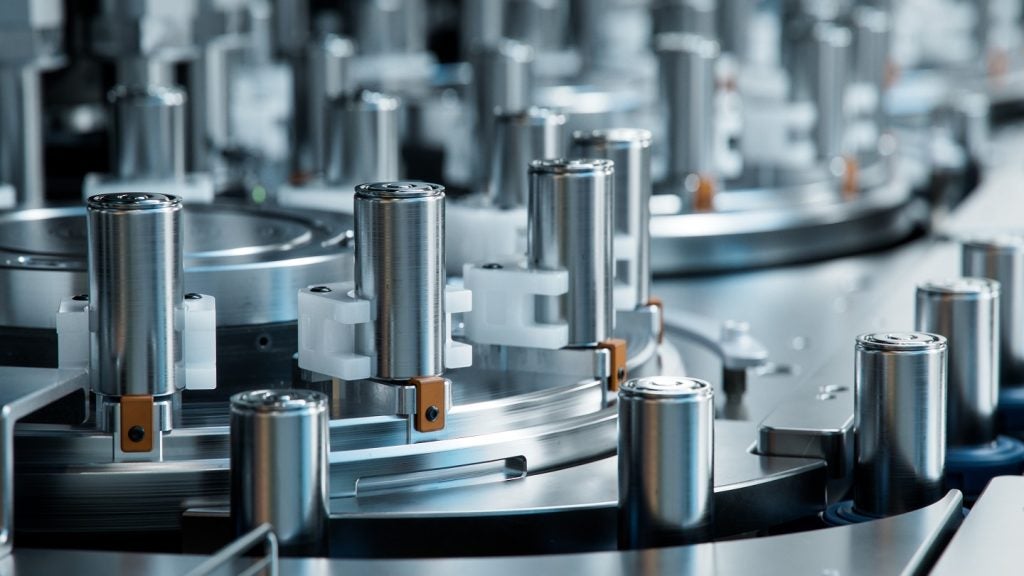The mining industry is key to the global energy transition, but it also contributes significantly to both climate change and environmental concerns. Consuming billions of litres of diesel a year and contributing heavily to its GHG emissions, Australia’s mining sector is in the hunt for change. One solution it is inching ever closer to is mine electrification – the holy grail.
But full electrification remains a huge challenge for this power-hungry industry, and one not likely to be achieved until well into the next decade. Interim solutions such as cleaner ‘bridge’ fuels are an essential component to reducing emissions sooner.
Recent updates to Australia’s Safeguard Mechanism, part of the 2019 Climate Solutions Package, are another reason for the country’s sector to act on decarbonisation. Covering any industrial operation that emits 100,000tpa of CO₂, the mechanism is putting mining firmly on a path to decarbonisation. Setting a baseline on an annual basis, it will require operations not meeting targets to purchase carbon credits.
Pioneering hydrogen and propane solutions
Two pioneering solutions being explored by mine operators around the world are hydrogen and propane. Anglo American says it is “pioneering” several global hydrogen initiatives through its FutureSmart Mining programme. From hydrogen-powered mining trucks in South Africa to freight trains in Australia, it ultimately hopes to generate hydrogen from electrolysis using renewable energy sources at its mines globally.
In May 2022, the company unveiled its First Mode nuGen hydrogen-powered ultra-class mine haul truck capable of carrying a 290-tonne payload. Set to be piloted at its Mogalakwena open pit platinum mine in South Africa, it boasts a 2MW hydrogen-battery hybrid truck.
Announcing the news, Anglo American CEO Duncan Wanblad said: “Over the next several years, we envisage converting or replacing our current fleet of diesel-powered trucks with this zero-emission haulage system, fuelled with green hydrogen.”
If successful, the pilot could lead to the company removing up to 80% of diesel emissions at its open pit mines across its global fleet.
Propane is also becoming more popular, with a growing number of suppliers actively seeking engagement with the sector. For instance, Heller’s Gas is supplying it to mining customers across the eastern US. Used to fuel diesel engines and electric generators, the company says it’s the “best alternative” for volatile oil markets right now, providing “clean, cost-effective, efficient, and dependable power”. Meanwhile, in Canada, Superior Propane is serving sites across the country. It says along with price stability, the energy source is safer, produces fewer emissions and offers a superior performance than diesel.
But hydrogen and electrification remain nascent, meaning other and more immediate solutions are needed for now.
Cleaner diesel as a bridge fuel
Biodiesel and renewable diesel are already being used as an interim fuel while we wait for more advanced net-zero technologies to come good. Although both are preferable to traditional diesel in terms of their environmental credentials, they are a little different in the way they’re produced, their chemical composition and how they can be used.
A huge benefit is that the two require no expensive infrastructure investments as both are suitable for existing diesel combustion engines. This means mines can reduce their emissions whilst reserving finances for future investment in wide-scale decarbonisation.
Renewable diesel or hydrotreated vegetable oil (HVO) is the more costly but it can be blended up to 100% ratio. This paraffinic bio-based liquid fuel comes from vegetable oils and animal fats and can be used as a “drop-in” fuel in most diesel engines, cutting CO₂ emissions by as much as 90%, NOₓ by 27% and particulate matter by a staggering 84% according to the industry.
Not requiring engine adaptations, HVO is quickly becoming the alternative fuel of choice across industries. While its price per litre is slightly higher than its fossil counterpart, with some estimates putting it at 25%, costs are falling as supply ramps up. The HVO industry also points to the increased engine efficiency and subsequent reduced maintenance it offers, its ability to be stored for years and its biodegradable label, meaning spills or leaks do not involve the usual environmental concerns of fossil fuels.
Somewhat cheaper, biodiesel or fatty acid methyl ester (FAME) is also considerably cleaner than diesel but has restrictions on its blending with conventional diesel because of differences in its chemical composition compared with fossil diesel. It also has a limited shelf life of around a year, whereas HVO can be stored for up to a decade.
FAME fuels, having been the first generation of alternative fuels, have and continue to play a part in the transition from fossil fuel too. It is, however, likely they will not enjoy the same popularity they once did as markets mature.
Australian mining majors make progress with renewable diesel
One company looking to take advantage of renewable diesel is BHP. In early 2023, oil giant BP announced it had partnered with BHP to trial the use of a blended HVO diesel at its Yandi iron ore mine in Western Australia’s Pilbara region. The three-month initiative involved a selection of haul trucks, dozers and an excavator with a blended mix starting at 20%, rising to 50% as it progressed.
Brandon Craig, president of BHP’s Western Australia iron ore asset, said: “About 40% [on 2020 data] of BHP’s operational GHG emissions come from using diesel fuel…Ultimately, our aim is to have fully electric trucking fleets at our sites, but alternative fuels like HVO may help us reduce our emissions in the meantime.”
Speaking of the project in its August 2023 annual report the company said: “The trial has provided valuable insight and knowledge in renewable diesel and will be used to evaluate how renewable diesel may be a practical complementary transition pathway to support BHP’s operational decarbonisation plan.”
BHP though wasn’t the first to break new ground. Rio Tinto – which last year said around 12% of its GHG emissions were derived from its mobile fleet and rail – said following trials, in June 2023, its Boron open pit mine in California became the first in the world to move all its heavy machinery from fossil diesel to renewable diesel.
“The change to renewable diesel brings an anticipated CO₂ equivalent reduction of up to 45,000tpa, comparable to eliminating the annual emissions of approximately 9,600 cars,” Rio Tinto said.
That success led to another trial at its Kennecott copper mine in Utah, where a battery-electric vehicle trial was already ongoing. Working with Cummins to test renewable diesel in a different environment, it looked at acceleration, speed, cycle times, fuel usage, and engine inspection reports for two trucks running on renewable diesel against two on conventional fuel. The company later said it had secured a contract for the supply of renewable diesel at the site from 2024 onwards, a clear sign the trial was a success too.
This year, Rio said it hopes to commence battery electric haul truck trials in Pilbara and look at options for developing an Australian biofuel supply chain. More generally, it said in its latest climate change report that it would continue to use biofuels as an interim decarbonisation solution to reach its end-of-decade targets.
“Biofuels are critical to ensuring we meet our 2030 Scope 1 and 2 emissions targets,” the report stated. “We are exploring short and medium-term commercial biofuel options to rapidly reduce our reliance on diesel.”
It seems Australia’s mining sector is making good progress in using alternative diesels, encouraged no doubt by the tightening of regulations to cut its CO₂ emissions. The country is looking to boost its domestic supply of bio and renewable diesel, having announced in November it was joining a global effort to triple renewable capacity by the end of the decade.
As mining looks towards a future of electrification and green hydrogen, in the meantime, it’s the power of alternative diesel that will drive its climate change ambitions.
















